If you click my links & buy, I may receive a small commission, thank you. September is Baby Safety Month and this week (9/18-9/24) is Child Passenger Safety Week (CPSW). During CPSW The National Highway Traffic Safety Administration (NHTSA) aims to make sure children are properly using the correct car seat for them. This week you’ll be seeing lots of information on social media, and there will be events where you can learn from a Certified Child Passenger Safety Technician.
We’ve been Britax users for more than 11 years and are still using a Britax Pavilion and Britax Frontier. I like the brand because I feel their additional features (like ClickTight and no-rethread harnesses) make it easier fo me to use the seats the right way, every time (plus 90% of them are engineered, tested & assembled in the USA). Britax sent me some easy to understand, easy to share tips and information for CPSW, so I wanted to pass it along to you.
If a carseat has been in a severe crash or is expired, it should be replaced. #CPSW #CarseatSafety #therightseat #BritaxSafety
— Maria (@chgdiapers) September 18, 2016
Always tighten the harness until snug. #CPSW #CarseatSafety #therightseat #BritaxSafety
— Maria (@chgdiapers) September 18, 2016
Position the chest clip at your child’s armpit level. #CPSW #CarseatSafety #therightseat #BritaxSafety
— Maria (@chgdiapers) September 18, 2016
NHTSA recs children rear-face as long as possible, up to the limit of the seat. #CPSW #CarseatSafety #therightseat #BritaxSafety
— Maria (@chgdiapers) September 18, 2016
The AAP recs rear facing until 2, or the limits of the seat. #CPSW #CarseatSafety #therightseat #BritaxSafety
— Maria (@chgdiapers) September 18, 2016
Here are some additional important car seat safety tips:
- When your car seat is installed properly, it should not move more than 1 inch at the belt path
- The NHTSA says 59% of car seats are misused. 96 percent of parents believe their child seats are installed correctly, yet 70% of kids are in the wrong seat, or a seat that’s not properly installed.
- Read both the car seat manual and your vehicle’s owner’s manual.
- Don’t use bulky clothing, coats or blankets. (Try a Cozywoggle instead.)
- Use either the seatbelt or LATCH to install a car seat. Never use both at the same time. If you’re using LATCH, be aware of LATCH weight limits.
- It’s recommended to keep your child rear-facing to age 2, or the limit of the seat. Use the 5 point harness until your child exceeds the seat’s limits as well. Don’t be in a hurry to move to a booster.
- Follow the manufacturer’s instructions to clean a car seat, in order to avoid damaging it.
- Return the registration card for your car seat so the manufacturer can contact you in the event of a recall.
- Kids under age 12 are safest in the back seat.
- Choose a car seat that fits your vehicle and your child, and use it the right way every time. Buckle them as if you were going to be in an accident!
- Straps should be at or above the child’s shoulders when forward facing and at or below when rear-facing.
- Forward facing top tethers can reduce the distance your child’s head moves by 4-6 inches when in a crash.
If you’re in Mecklenburg, N.C. or York, S.C., check out the FREE car seat check event on Friday, Sept. 23, 2016 from 8 a.m. to 11:30 a.m. at Britax headquarters in Fort Mill, S.C. (4140 Pleasant Road). Have a CPST inspect your seat and teach you how to choose the right seat, as well as install it properly.
Not in the area? Check out the Britax Facebook page for a live stream from the event, featuring safety tips from Sarah Tilton.
Find a car seat check event or technician near you, by visiting Safe Kids



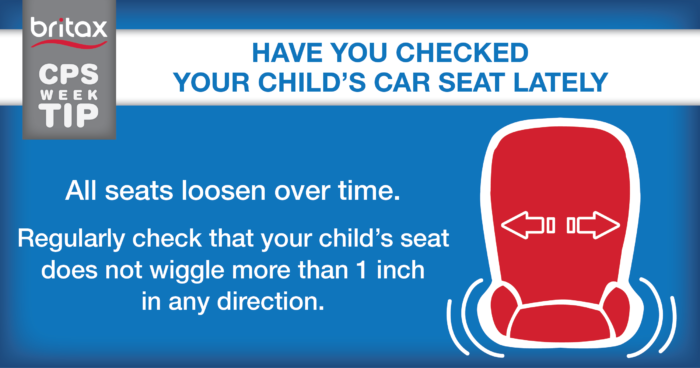
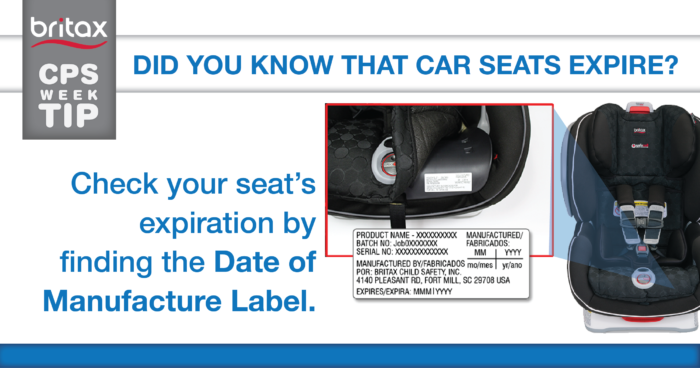
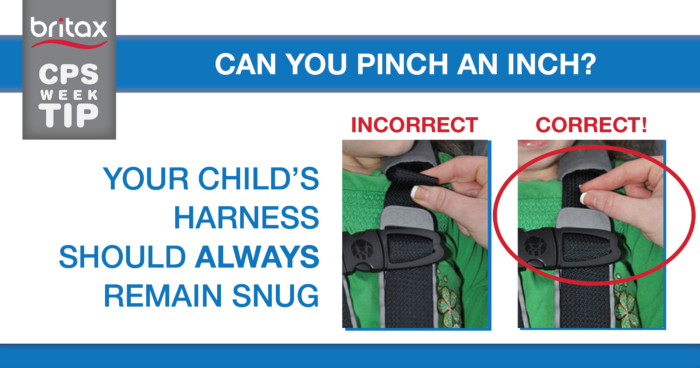
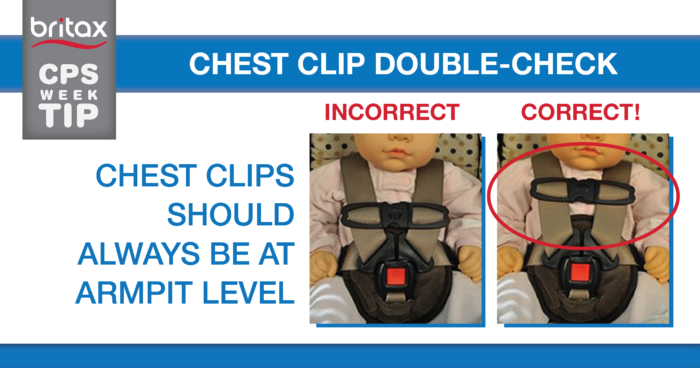

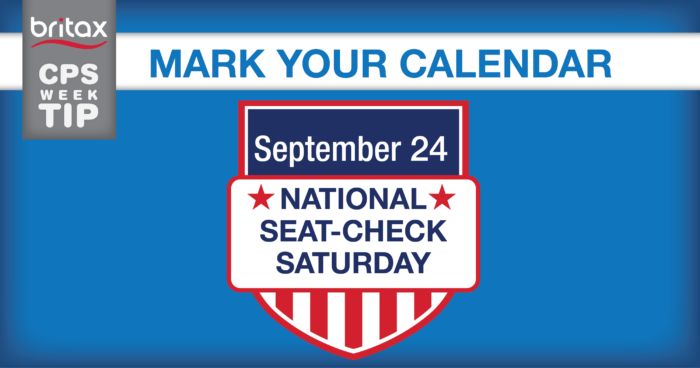


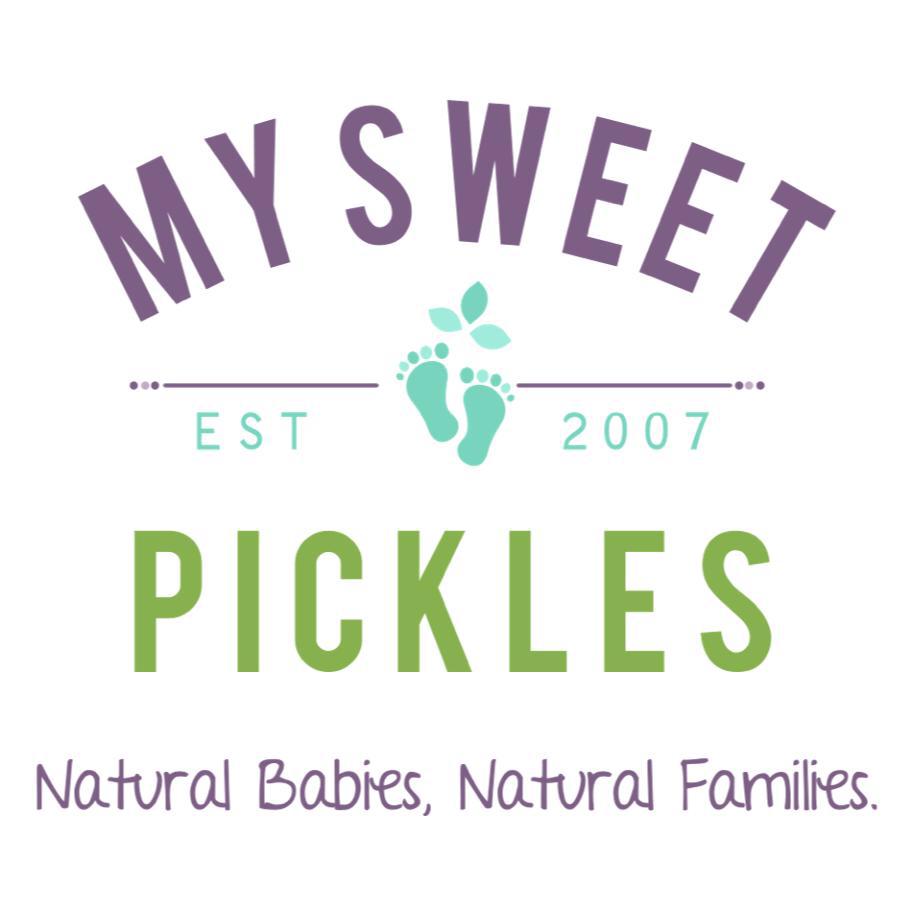



 Maria wants to live in a world where cloth diapers are the norm and moms can make parenting choices without judgement. When she’s not chasing her 18, 14 and 11-year old kids around, you might find her checking out the latest gadgets, organizing something (again) or exercising in the fresh air.
Maria wants to live in a world where cloth diapers are the norm and moms can make parenting choices without judgement. When she’s not chasing her 18, 14 and 11-year old kids around, you might find her checking out the latest gadgets, organizing something (again) or exercising in the fresh air. 






